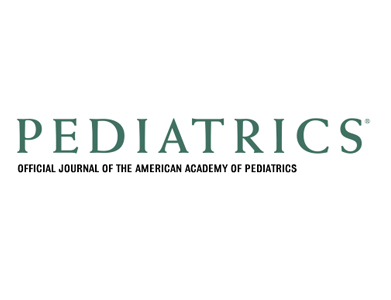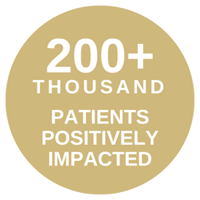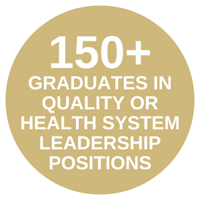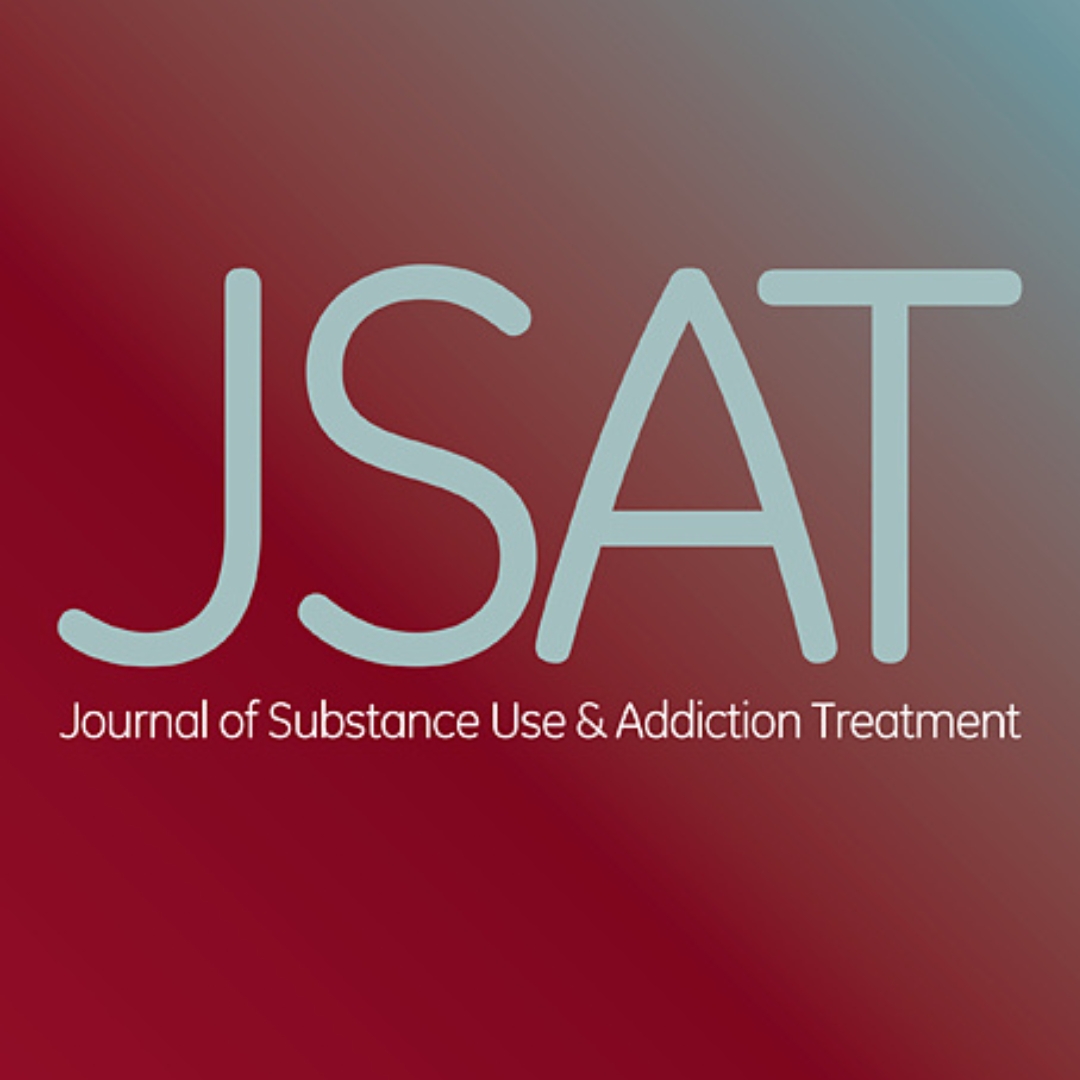
IMPROVING OUTCOMES
42% Reduction in Readmission Rate in Medical Patients
IMPROVING OUTCOMES
$3 Million Annual Savings with Earlier Palliative Care Intervention
IMPROVING OUTCOMES
Reduced no-show rate from 37% to 16% amongst high-risk patients living with HIV.
The mission of the Institute for Healthcare Quality, Safety & Efficiency is to transform through discovery, improvement, and spread, the people and processes that serve our patients.
Transformation, Not Just Education
At IHQSE our overarching goal is to fundamentally improve the care provided to patients by developing people, improving care processes and building higher-achieving organizations.
In other words, our goal is to transform:
to transform
INDIVIDUALS
We develop the capacity of frontline clinicians to drive change.
to transform
PROCESSES
We drive improvements in clinical care processes, leading to better outcomes.
to transform
ORGANIZATIONS
We help build higher-performing systems through sustained changes.
Results that Matter
Our formula for transformation combines expert training, intensive, tailored coaching, a deep catalog of successful projects to tap into, and a relentless drive for outcomes.





*IHQSE supported improvement at the University of Colorado Hospital
IHQSE Newsroom
For over a decade, our dedicated faculty have built an integrated set of programs aimed at developing programmatic leaders in quality, creating high-quality, safe and efficient clinical care processes and, ultimately, driving profound organization-level improvements. Here are just a few of our recent successes.
For more, please see our newsroom.

Pediatric sepsis is a leading cause of death for children, and an emergency in which timely diagnosis and treatment are lifesaving. This study sought to address a gap in knowledge around approaches to diagnose pediatric sepsis in the earliest stages.
In a cluster-randomized trial in four Children’s Hospital Colorado Emergency Departments, this study implemented decision support to predict septic shock and measured its effect on treatment and outcomes. The clinical decision support was developed at Children’s Hospital and the University of Colorado, based on models that use extant EHR data to predict septic shock. This was the first reported prospective, controlled trial of decision support intended to aid in early pediatric sepsis diagnosis and treatment. While papers have previously described implementation of consensus-based tools for sepsis diagnosis, few have been based on derived, validated models, and they have not been prospective trials.
Findings indicate that implementation of decision support based on machine learning models to predict septic shock was feasible and acceptable to clinicians. However, it did not change the outcomes for patients, in this setting of EDs with pre-existing high-quality sepsis care.

Are Breast Radiology and Pathology Reports Readable?
Jun 30, 2025This multi-institutional study analyzed the readability of 120 breast radiology and pathology reports and 194 MedEd educational tools from the University of Colorado and University of Miami. Findings revealed that most clinical reports exceeded a high school reading level, with surgical pathology reports being the most difficult to understand. While MedEd materials were more accessible, they still surpassed the recommended 6th-grade level. These results highlight a persistent gap in health literacy for breast cancer survivors. Future efforts, including AI integration and patient co-design, may help create more understandable materials that support empowerment and shared decision-making.

Does Secure Messaging Help or Harm Patient Communication?
May 29, 2025This Point-Counterpoint debate article explores whether secure messaging improves or hinders inpatient communication. Dr. Michelle Knees (IHQSE faculty) and co-authors examine the evidence behind this increasingly common communication tool. The "Point" argues that secure messaging supports collaboration and efficiency, while the "Counterpoint" raises concerns about cognitive load, interruptions, and patient safety. A shared rebuttal underscores the need for thoughtful implementation and institutional guidance. This balanced discussion reflects the evolving communication landscape in hospital medicine and highlights the need for evidence-based best practices.

Clinical Decision Support and Opioid Use Disorder Treatment
May 1, 2025To address rising opioid overdose rates, the study team developed and implemented an interruptive, electronic health record (EHR)-integrated clinical decision support (CDS) to increase buprenorphine treatment for opioid use disorder (OUD) in the emergency department. The CDS uses real-time EHR data to identify at-risk patients and guide clinicians through OUD evidence-based care pathways. This strategy significantly improved OUD treatment metrics and demonstrated high rates of adoption by providers. By balancing automation with clinician-driven decision-making, this approach offers a scalable, generalizable solution to address barriers in emergency department-initiated OUD care and supports a growing body of evidence for CDS as an effective implementation tool in high-acuity settings.